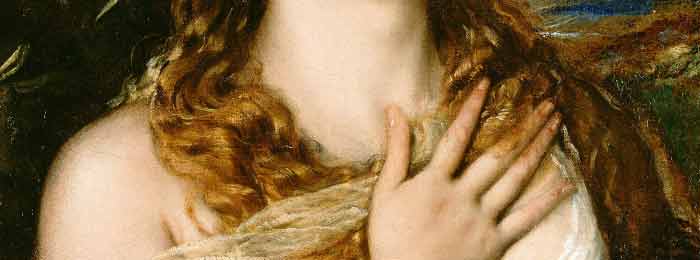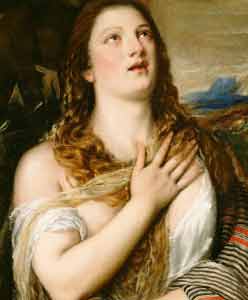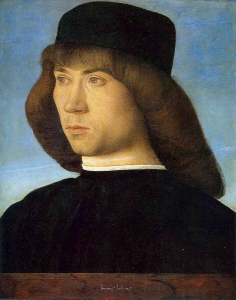The Lost Painting Techniques of the Old Masters

 Sometime around the end of the seventeenth century, the painting methods so beloved of the old masters were mysteriously lost—how exactly, no one is really sure. Ever since then, artists have tried and fail to rediscover these techniques, which yielded the masterpieces of Titian, Rubens, Rembrandt and Velasquez. The origins of these techniques can be seen as well in the artists that came before them (Jan Van Eyck, Memling, Giovanni Bellini and others) in a more rudimentary form and always on a much smaller scale, being limited by a lack of proper canvas and materials.
Sometime around the end of the seventeenth century, the painting methods so beloved of the old masters were mysteriously lost—how exactly, no one is really sure. Ever since then, artists have tried and fail to rediscover these techniques, which yielded the masterpieces of Titian, Rubens, Rembrandt and Velasquez. The origins of these techniques can be seen as well in the artists that came before them (Jan Van Eyck, Memling, Giovanni Bellini and others) in a more rudimentary form and always on a much smaller scale, being limited by a lack of proper canvas and materials.
For reasons not yet known, something of the inherent magic of oil painting seemed to have dulled after the Renaissance, with a dampening (subtle though it may seem to an untrained eye) of certain colour qualities, modelling, and brilliance of surface.
This perception is no mere fancy of the wistful modern imagination, idealizing the great talents of the much-lauded Renaissance era. A huge body of testimony exists to support the fact that some material was missing from their palettes, and that no matter their obvious possession of talent, the artists of the eighteenth and nineteenth centuries struggled with their technique; even today, with all our incredible advances in technology, the methods of the old masters have never been successfully replicated.
Sadly, the methods of the old masters were spottily documented at best, and records from that long-ago era regarding how they painted are almost entirely lacking, leaving much up to guess-work in the present day (and with that comes much debate, of course). What little we know has been gleaned from careful examination of the masters’ paintings, various authentic documents about their work (and lengthy experimentation with duplicating any methods described therein), and other historical knowledge regarding what materials were available at the time to work with, such as technical treatises. As our technology advances, further “forensic science” is being deployed on these paintings to determine even finer details of their chemical composition, which is likely to help settle some of the debate around which methods were used where.
Those technical treatises which are available describing the nature of painting during the time of the old masters and its processes are often sadly quite scant, and do not give enough information to form the basis of practical experiments. Some, however have made notable contributions to reviving the lost art of the Renaissance, such as the manuscript De Mayerne “Pictoria, sculptia et quae Subalternarum Artium,” written in 1620, by an author who personally knew Rubens. Alas, the writing style of De Mayerne is confusing, muddying what information is contained therein.
Other books, such as “L’ Art de Faire et d’Employer le Vernls ou l’Art du Vernisseur,” by Le Sieur Watin, edited in 1772, covered rather lacklustre periods and provided only rudimentary practical knowledge. Likewise, the treatises of Bouvier and Paillot de Montabert (released in 1830 and 1832, respectively) provided only the same information as Watin had. At least we have the work of J.L.F. Merimee (author of “De la Peinture a l’Huile,” published in 1830), who was more detailed and original in his study of old paintings, and who has left us with some knowledge of actual value.
Modern treatises on the formulas of the old masters tend to be mere compilations of isolated, ancient texts, scattered information lumped together and blended with copious (often contradictory) theories created by the authors. Ergo, these texts tend to be insufficient for actually teaching an artist anything about how to paint like one of the old masters, and focus more on pointing out what should be avoided when painting rather than what should be implemented. However, in some of these treatises, there are at least revealing quotations and detailed.



This Post Has 0 Comments